Kottenbutter - the butter bread of the grinders
Kottenbutter is a hearty butter sandwich that goes back to the Bergisch grinders on the Wupper. In their water-powered work workshops, known as "Kotten", the craftsmen could not take long breaks. Black bread topped with smoked mettwurst, onions and mustard was just the right meal for the men working hard at the grindstone.
A lot of effort for the daily bread
Until the beginning of the 20th century, there were still family and two-man businesses that manufactured as subcontractors in home work for large companies in the heights of Solingen. The grinders often ground the delivered blanks on the wet stone under great time pressure, because a total of up to 150 different work steps are necessary to finish a scissor blade "made in Solingen". Depending on the product, a single grinder carries out 30-35 steps by hand. The profession of the self-employed grinder, now called cutting tool mechanic, is almost extinct. The occupation of the "Liewerfrauen", the wives of the home workers who brought breakfast to their husbands and transported goods back and forth in large wicker baskets, is even more extinct.
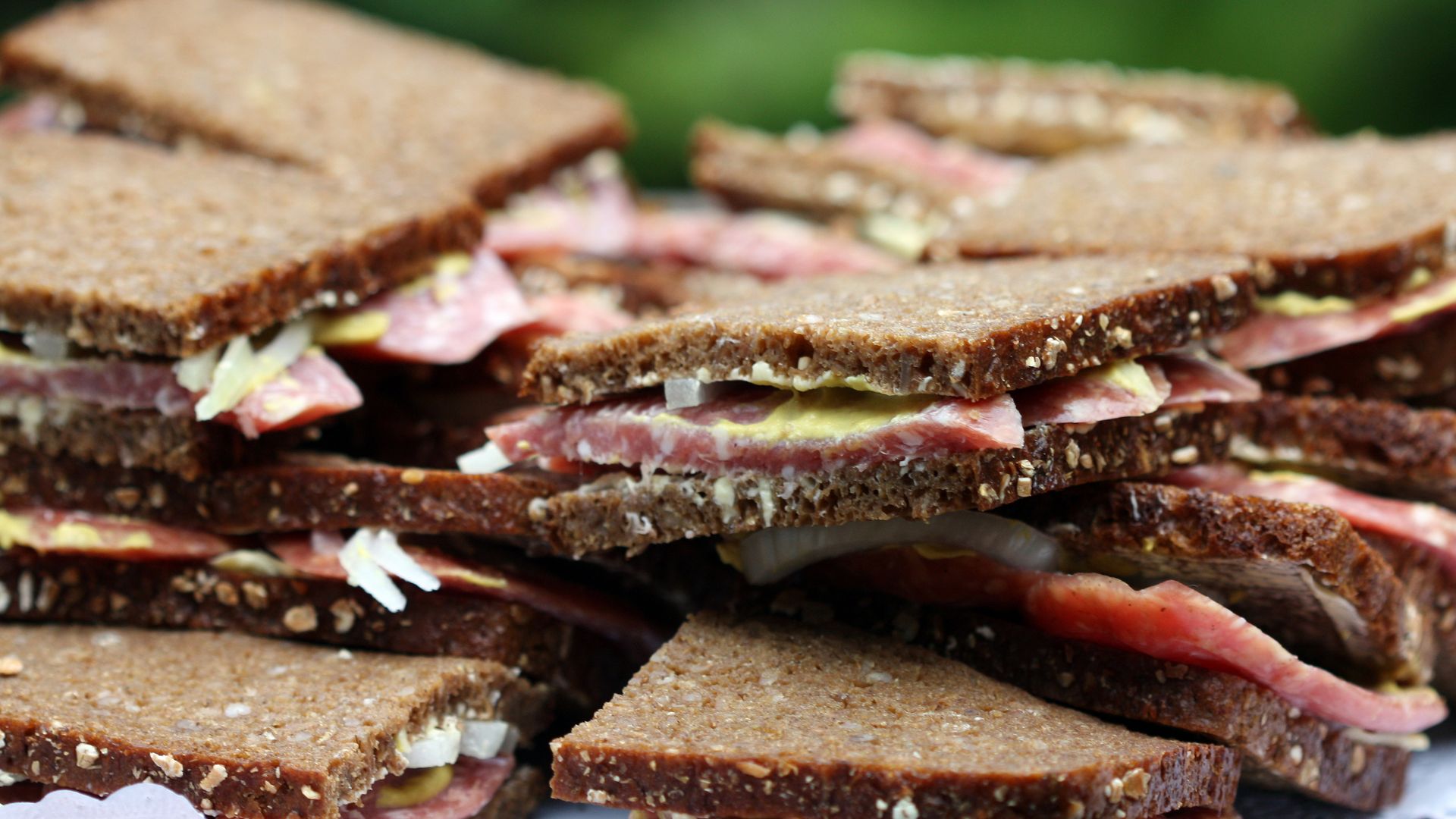
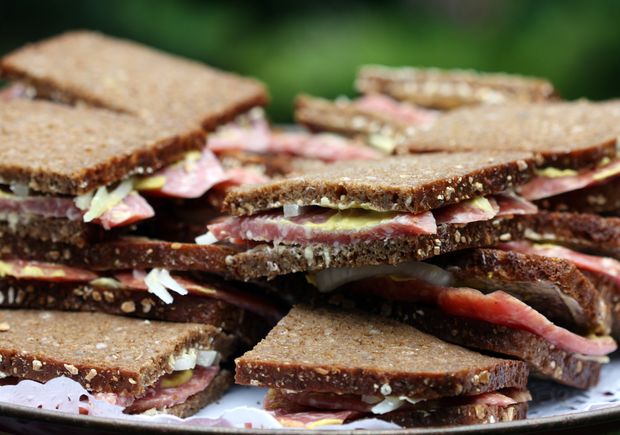
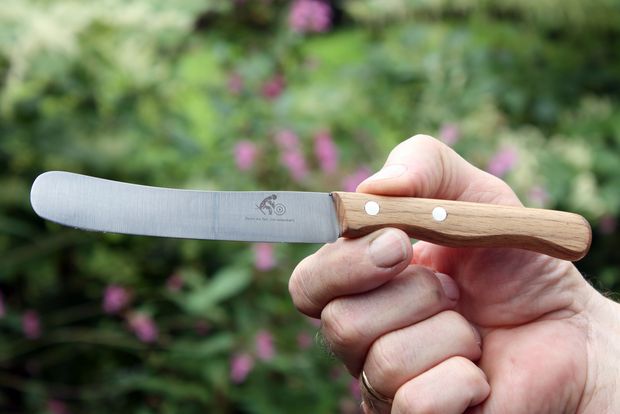
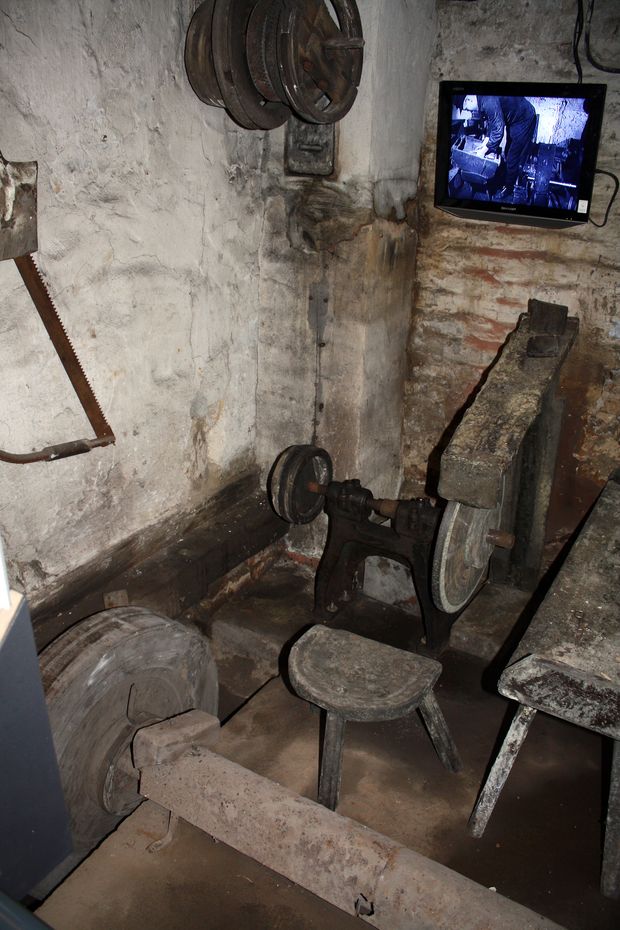
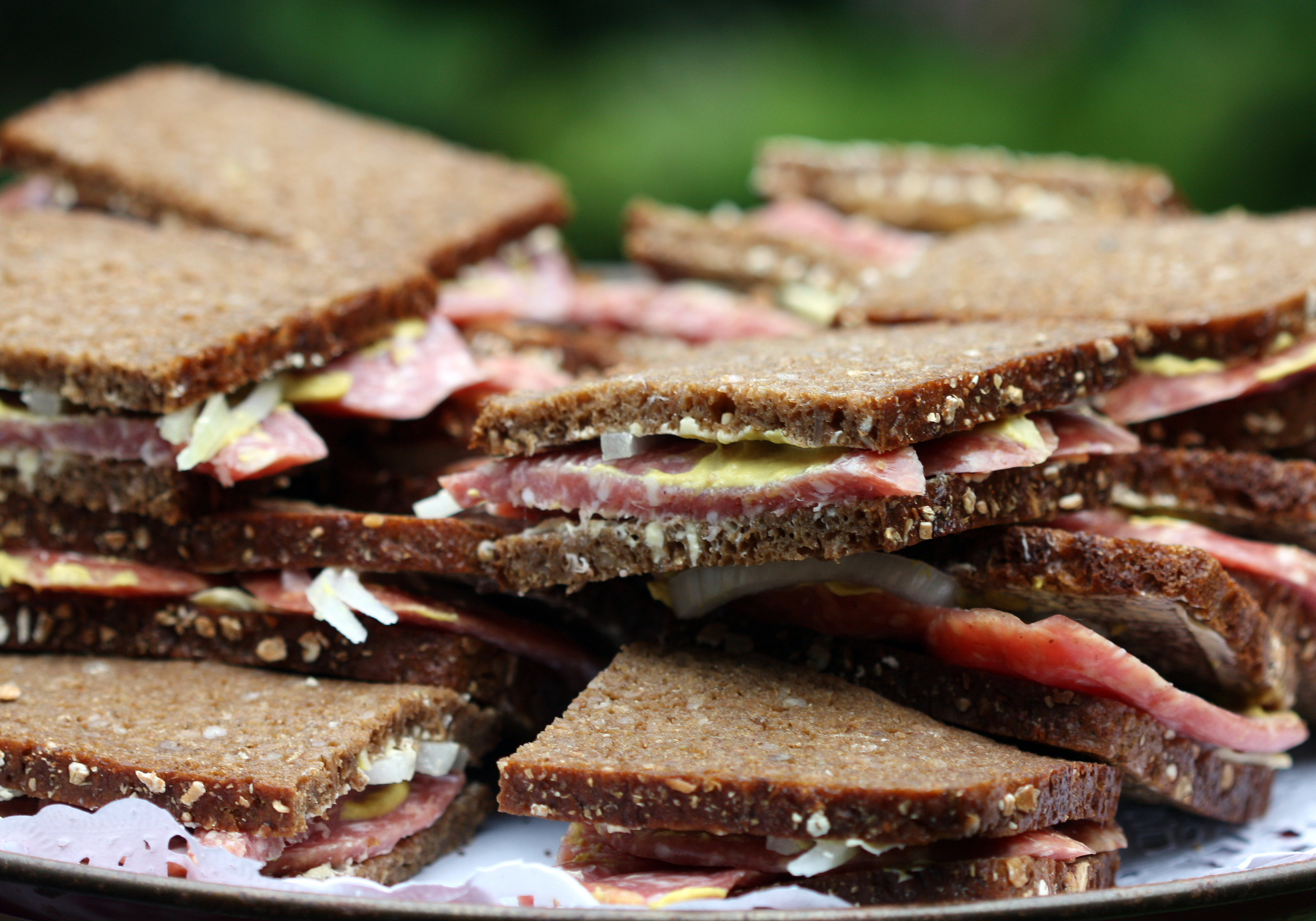 Ingredients for 4 people
Ingredients for 4 people